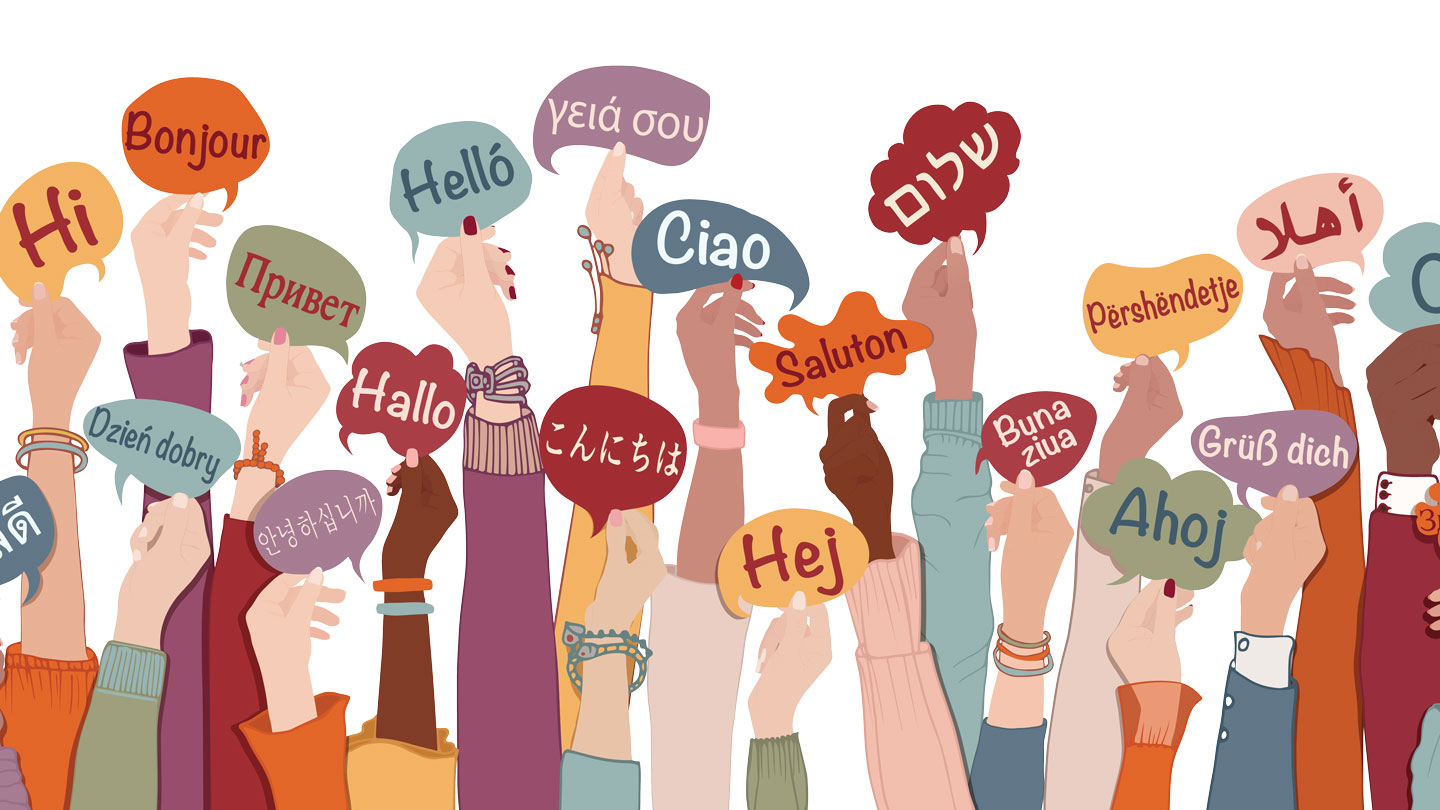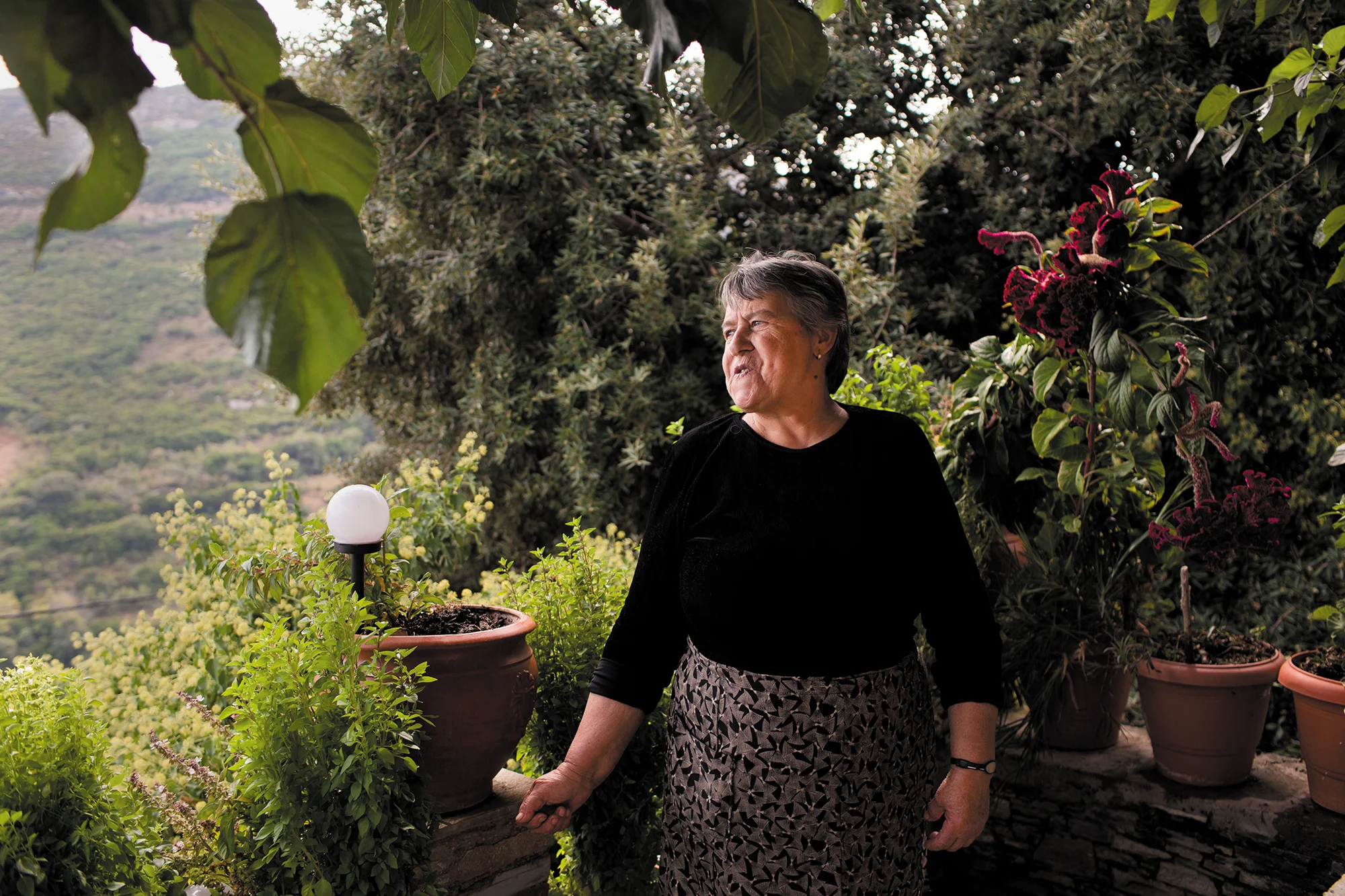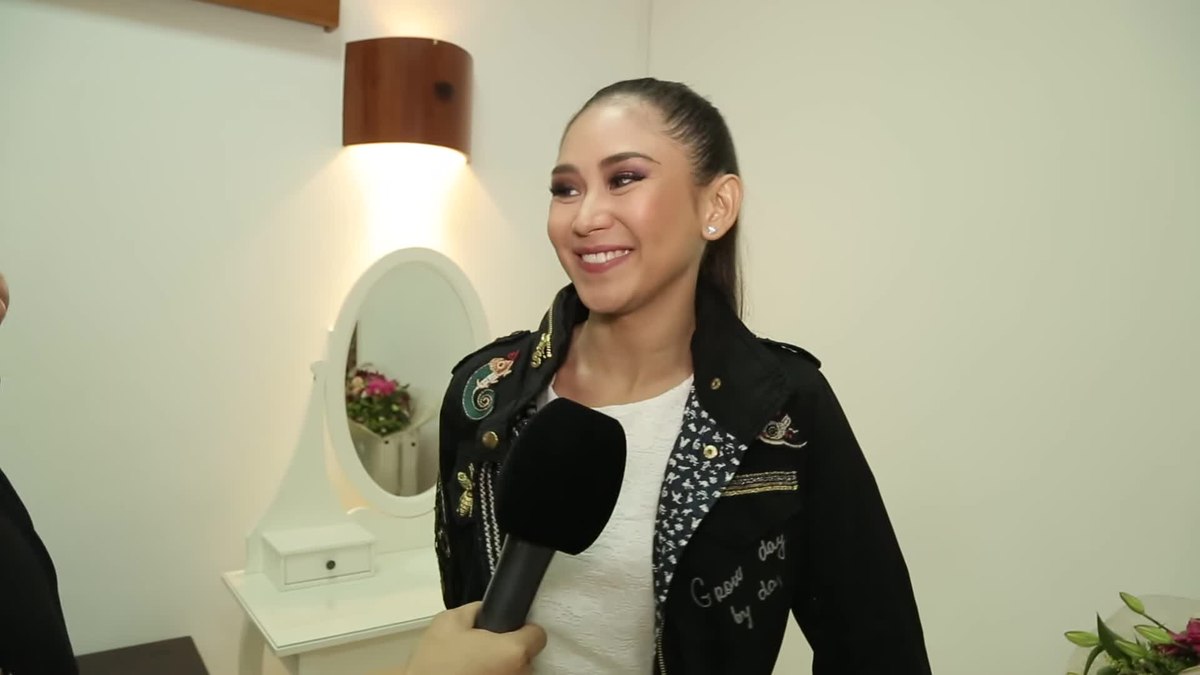Community activists and indigenous speakers across the globe increasingly share stories of renewed hope as AI tools bring endangered languages back into daily life. From Māori elders using speech-to-text systems to children learning ancestral phrases through mobile apps, these firsthand experiences highlight how AI makes cultural reclamation feel attainable and personal.
Linguists, anthropologists, and technologists lend robust expertise and authority to this movement. Recent academic work—including frameworks from Laghman University on mother-tongue education and emerging AI models like NushuRescue—demonstrates how limited datasets can train effective tools for translation, voice recognition, and interactive learning. These systems enable languages such as Nheengatu and the erstwhile Nushu script to re-enter communal use with less human labor than previous methods.
This revival’s trustworthiness is rooted in transparent collaboration with local communities, peer-reviewed methodology, and interdisciplinary oversight. Projects like Te Hiku Media for Māori and AI Pirinka for Ainu focus on ethical data ownership while ensuring usability. UNESCO, the Endangered Language Fund, and research consortia like ENGHUM back funding and governance. The result: language revitalization efforts that are culturally respectful, scientifically rigorous, and anchored in local agency c




